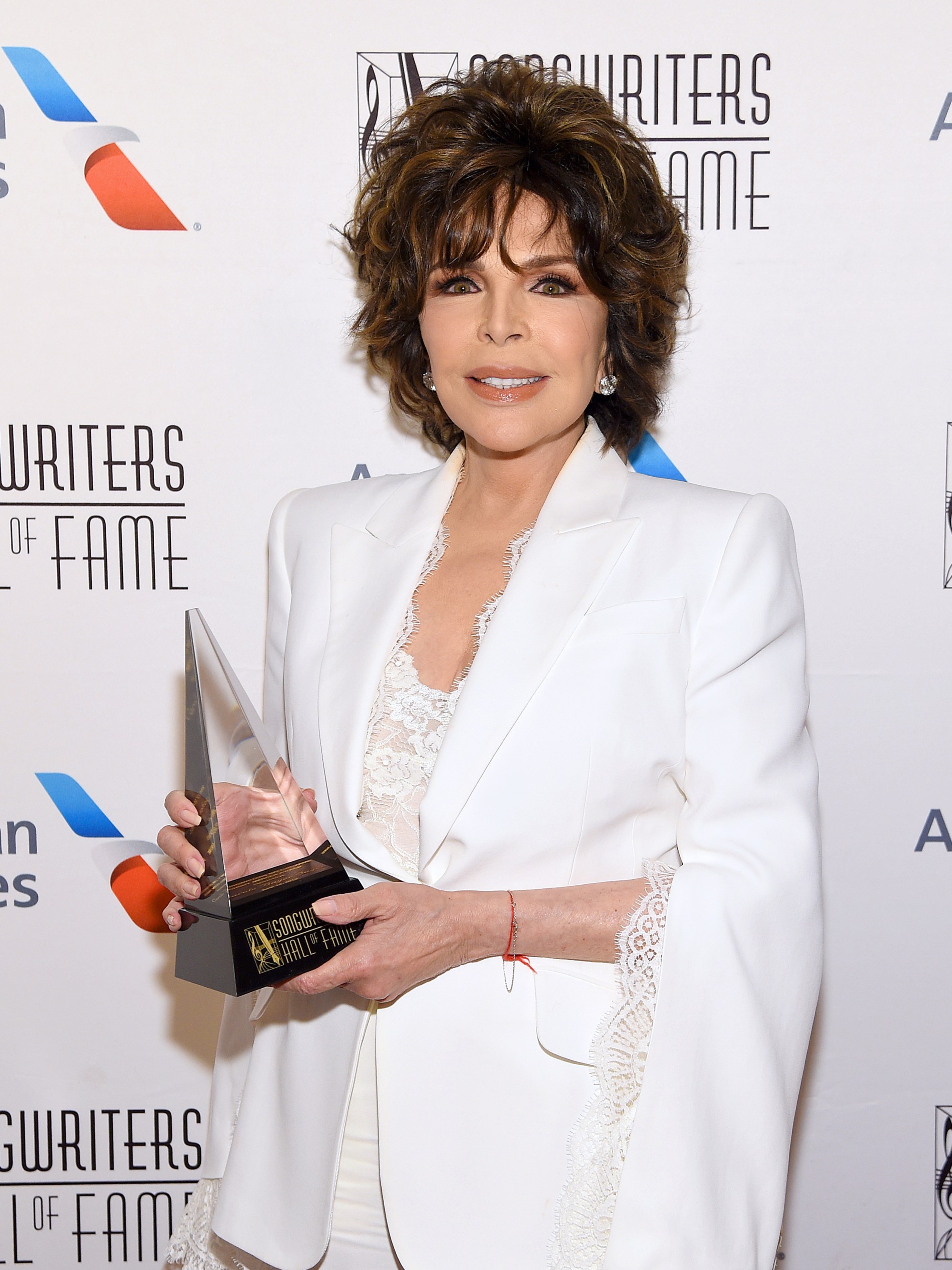
- Music
Carole Bayer Sager: “That’s what songs are for”
If there was a soundtrack to Women’s History Month, one could easily fill it with songs created by the lyrical skills of Golden Globe Winner Carole Bayer Sager. Imagine a playlist made of anthemic tunes like “Come in from the Rain,” Don’t Cry Out Loud,” “When I Need You,” “Midnight Blue,” “It’s My Turn,” “Everything Old Is New Again,” “Break It to Me Gently,” and “Heartlight.”
In celebrating the achievements of women in the entertainment industry, the HFPA takes a look at this New Yorker who had a career path set to be a teacher. Well, artistic talent got in the way and soon steered the teenager toward writing song lyrics. One of the first tunes out of the gate, while still a student at New York’s High School of Music and Art, was “A Groovy Kind of Love”. Co-written with Toni Wine, the song reached #2 on the charts by the Mindbenders (Golden Globe winner Phil Collins would later take the same song to number #1 in 1988, from the soundtrack to Buster). Known as Carole Bayer at the time (Sager would come later with her first marriage), she and her co-writer Wine were part of the infamous Brill Building, the New York music factory that housed such legendary songwriters like Golden Globe Nominees Neil Diamond, Carole King and Gerry Goffin, and Cynthia Weill and Barry Mann.
While the pop charts proved to be her first introduction to music success, it would be her foray into films that would stamp Sager’s professional passport to industry prominence. Her first incursion into films came during the ending credits of George A. Romero’s 1973 film The Crazies, for which she and frequent collaborator Melissa Manchester wrote: “Heaven Help Us”. Two future collaborations, with composers she got personally and professionally involved with, would bring abundant accolades.
With Golden Globe Winner Marvin Hamlisch, Sager penned the Golden Globe-nominated “Nobody Does It Better” from The Spy Who Loved Me, “Through the Eyes of Love” from Ice Castles, and “If You Remember Me” from the boxing drama The Champ.
In 1980 she began to work with Golden Globe Winner Burt Bacharach and delivered “Arthur’s Theme (Best That You Can Do)” from the comedy Arthur (co-written with Christopher Cross and Peter Allen), which would go on to win the Golden Globe for Best Song. They continued their partnership with “Making Love”, from the groundbreaking drama Making Love, and contributed the song for the closing credits to the comedy Night Shift. Sung by Rod Stewart, the bittersweet ballad never found radio traction. Three years later, that same song, “That’s What Friends Are For”, would be reworked for Dionne Warwick, Golden Globe Winner Stevie Wonder, Golden Globe Winner Elton John, and Golden Globe nominee Gladys Knight as a fundraiser for AIDS research. The song was rewarded with the Grammy for Song of the Year.
Carole would return to the Golden Globe stage when she and David Foster took home Best Song for their poignant “The Prayer”, from the animated film Quest for Camelot: The Magic Sword. She also collaborated with her former Brill Building neighbor Carole King with “My One True Friend”, from the drama One True Thing.
Sager changed her artistic canvas in the early 2000s when she decided to take up painting. While cynics might scoff at creative types making such a drastic change, the artistic world has embraced her confident style. At first, she made portraits of friends such as Golden Globe-winner Steven Spielberg, Golden Globe winner Nicole Kidman, Keith Urban, and David Geffen. Her work has been in major gallery showings. In 2014 she exhibited her food paintings, which range from hyper-realistic oversize popcorn and peanuts to butter melting atop corn on the cob.
In her 2016 autobiography, They’re Playing Our Song, she wrote: “I see my lyrics today as lifesavers, feelings I was able to release and put to music rather than have them forever fester somewhere in my psyche and manifest as anxiety. They gave me life, they gave me an identity and I gave them from my tears, my heart, and my truth.”
Luckily, get to keep hearing them again and again.